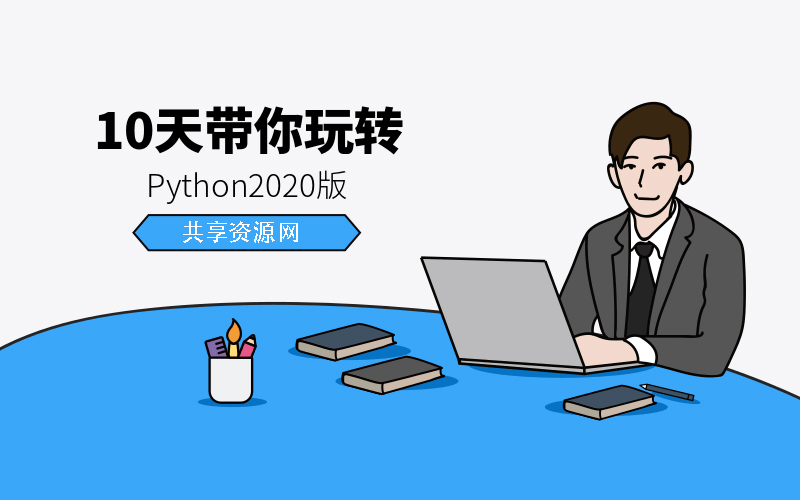Python brief introduction
Python is a high-level scripting language that combines interpretability, compilation, interactivity and object-oriented.
The design of Python has a strong readability. Compared with other languages, English keywords are often used. Some punctuation marks in other languages have more distinctive syntax structures than other languages.
Python is an interpretive language: this means that compilation is not involved in the development process. Similar to PHP and Perl.
Python is an interactive language: this means that you can execute code directly after a Python prompt>>>.
Python is an object-oriented language: this means that Python supports an object-oriented style or programming technology in which code is encapsulated in objects.
Python is a language for beginners: Python is a great language for beginners. It supports a wide range of application development, from simple word processing to WWW browser to games.
Python History
Python was designed by Guido van Rossum at the National Institute of Mathematics and Computer Science in the Netherlands in the late 1980s and early 1990s.
Python itself is also developed from many other languages, including ABC, Modula-3, C, C++, Algol-68, SmallTalk, Unix shell and other scripting languages.
Like Perl, Python source code also follows the GPL (GNU General Public License) protocol.
Now Python is maintained by a core development team. Guido van Rossum still plays a crucial role in guiding its progress.
Python 2.7 has been identified as the last version of Python 2. x, which supports not only Python 2. x syntax, but also some Python 3.1 syntax.
Python Features
1. Easy to learn: Python has relatively few keywords, simple structure, and a well-defined syntax, which makes learning easier.
2. Easy to read: Python code definition is clearer.
3. Easy to maintain: Python's success lies in its source code is fairly easy to maintain.
4. A wide range of standard libraries: One of the biggest advantages of Python is its rich libraries, which are cross platform and compatible with UNIX, Windows and Macintosh.
5. Interactive mode: support of interactive mode, you can input the language of executing code and obtaining results from the terminal, and interactive test and debug code fragments.
6. Portability: Based on its open source feature, Python has been ported (that is, made to work) to many platforms.
7. Extensible: If you need a piece of key code that runs quickly, or want to write some algorithms that are not open, you can use C or C++to complete that part of the program, and then call it from your Python program.
8. Database: Python provides interfaces for all major commercial databases.
9. GUI programming: Python supports GUI, which can be created and migrated to many system calls.
10. Embedding: You can embed Python into C/C++programs, so that users of your programs can obtain the ability of "scripting".

Download address:
[v_error] Follow the new start blog public account: "xinqidian129" and reply: "python tutorial" to get the latest full set of Python 2020 tutorial videos [/v_error]



